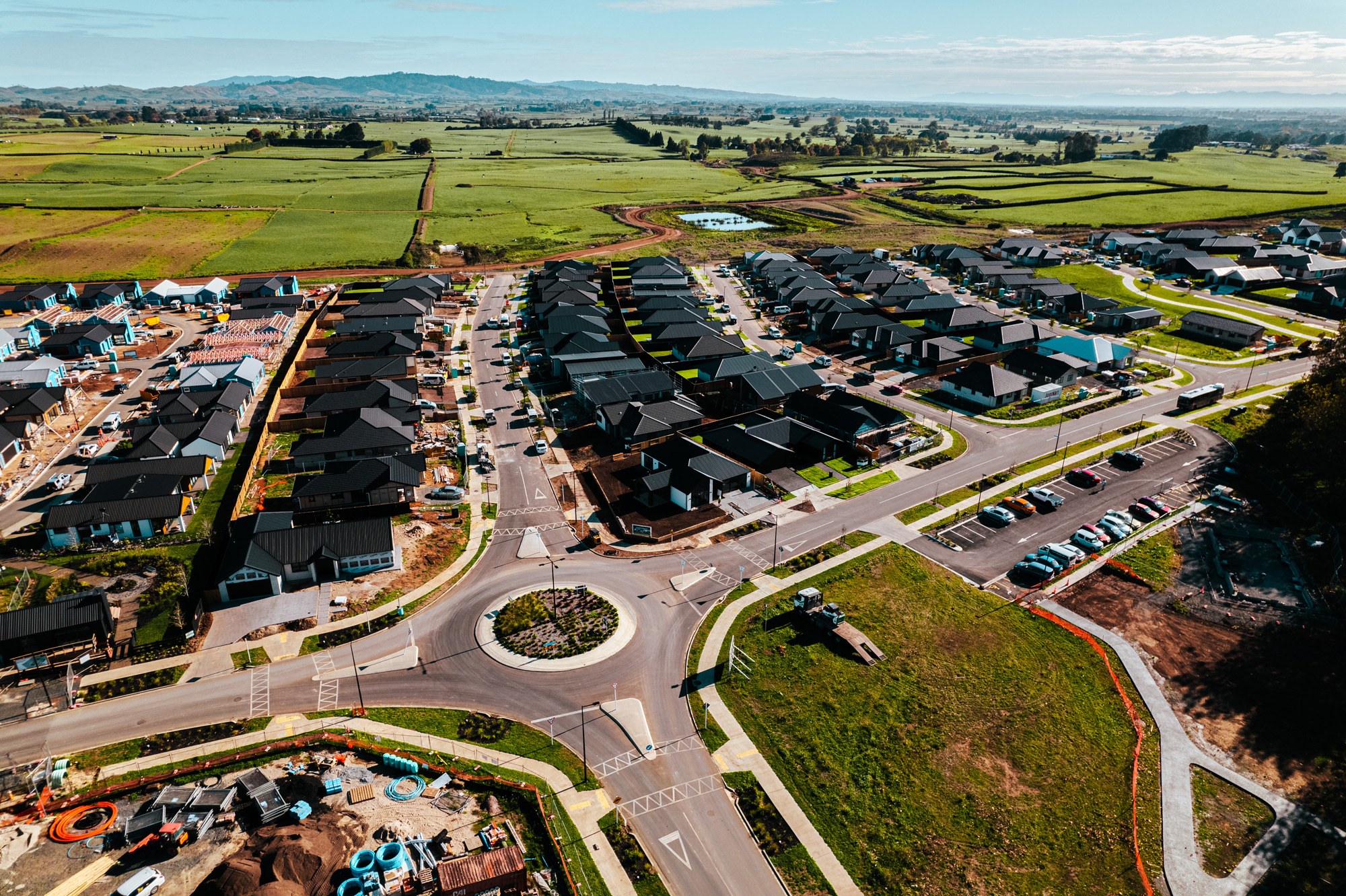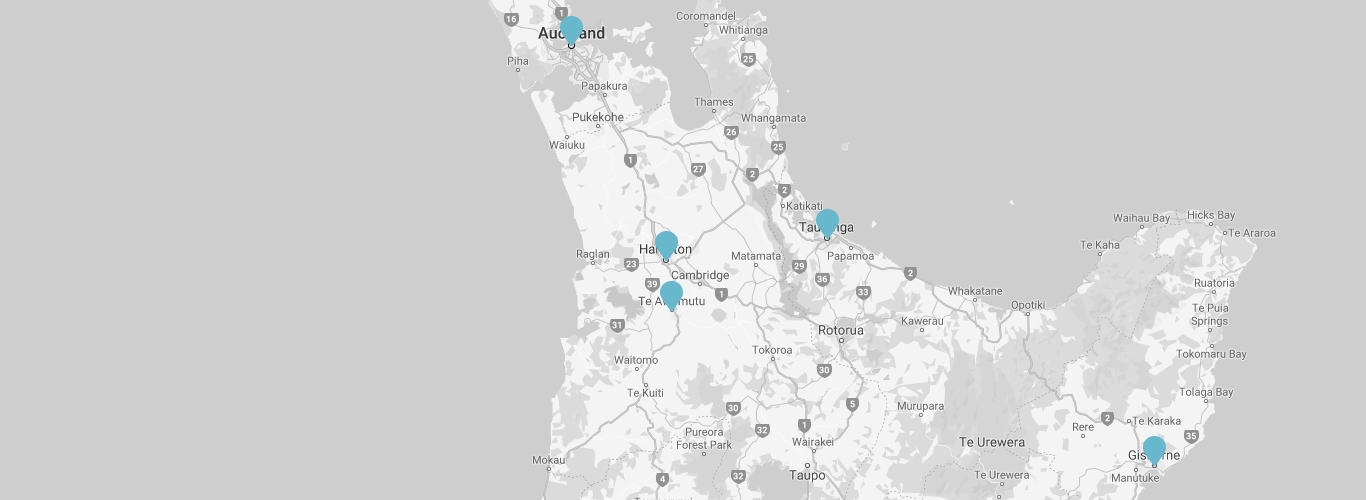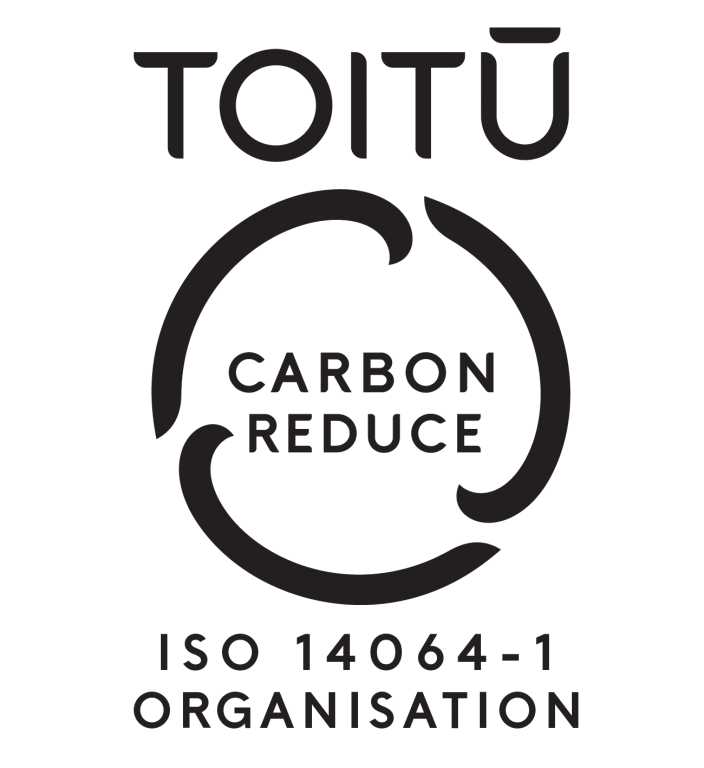New Zealand’s extinction threatened freshwater fish are being thrown a lifeline by new research designed to make their migration, breeding and feeding easier across our blocked waterways.
CKL Environmental Engineer Dipendra Magaju has just completed a PhD study alongside NIWA and Auckland University researching how native fish species, including our threatened Whitebait, travel up and downstream through man-made structures and what conditions they need to thrive.
Research released earlier this year shows New Zealand’s freshwater fish face some of the most blocked waterways in the world. The first-ever national assessment of barriers blocking fish passage by NIWA, including dams, culverts, and weirs, found nearly half the country’s river network was either partly or fully inaccessible to migratory species.
“As our built environment becomes denser, we have more and more man-made structures like culverts our freshwater fish are having to navigate to reach critical habitats for migration, breeding and feeding,” says Dipendra.
“Until now no one has looked at how our man-made structures can be engineered to support native fish migration. My research looked at how these fish move and how far they move through man-made structures and what encourages them to keep moving or what stops them,” says Dipendra.
Dipendra studied Īnanga, Kōaro and Banded Kōkopu which as juveniles are all considered Whitebait. Kōaro and Īnanga are also threatened or at risk of extinction. Hundreds of hours of data were collected including video that tracked the position of the fish and was assessed alongside measurements of the water flow velocity to determine the perfect conditions for the fish to swim up or downstream.
“The fish can only sense centimetres in front of them. They move forward and then sense whether the conditions are right for them to continue moving or if they must stop. We want to create consistent conditions throughout our structures to make it as easy as possible for them to move though,” says Dipendra.
His research will help form the basis of new Fish Passage Guidelines to be used in the design and engineering of man-made structures to support our native fish.
“Many of our iconic native fish species need to move between freshwater and the sea to complete their lifecycle. Instream man-made structures, such as culverts, weirs, tide gates and dams, can delay or block these migrations meaning that fish are unable to reach critical habitats they require to breed, feed and live,” says Dipendra.
“This research helps set the basis for how we could be designing our culverts to help fish move more easily to their habitats for migration, breeding and feeding,” says Dipendra.

PhD study reveals what New Zealand’s threatened freshwater fish need to thrive
19 Oct 2023



